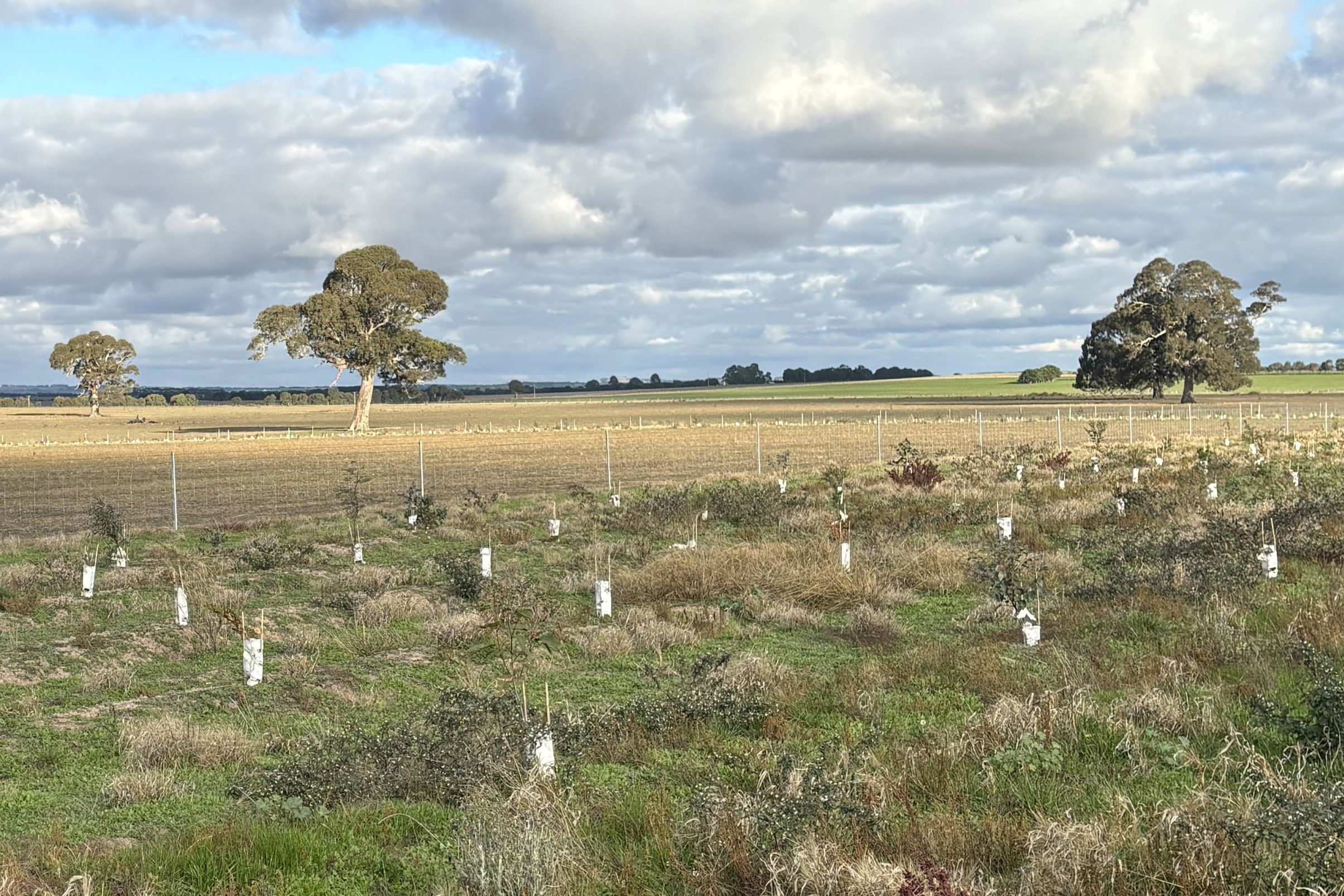AgTech investment to play a crucial role in Australia’s decarbonisation journey

This article originally appeared in EvokeAg and is reproduced with permission.
AgTech investment to play a crucial role in Australia’s decarbonisation journey
February 2025
By Justine McClymont
With the World Meteorological Organisation reporting 2024 as the warmest year on record, large-scale investment in decarbonisation has never been more urgent.
In Australia, the Clean Energy Finance Corporation (CEFC) is playing a leading role in the race to net zero. With access to more than $30 billion from the Australian Government, the CEFC works with co-investors, industry and government to drive investment in decarbonisation.
So what does this mean for the agriculture sector? And what do investors want to see in 2025 and beyond? Heechung Sung, Head of Natural Capital, from the CEFC shares the latest insights.
Climate investment priorities include technology for emissions reduction
According to Heechung, the CEFC is focused on two main investment priorities: supporting the transition to renewable energy and investing in technologies for emissions reduction.
“Energy transition alone won’t get us there – all the data points to that,” says Heechung.
“So, we need to work super hard in hard-to-abate sectors, whether that’s agriculture, transportation or heavy industry, because those sectors need technologies to enable them to hit the net zero target through operational efficiencies, new technology and innovation.
“But while they’re doing that, the really important and unique offering that Australia has is around our land-based sequestration activities – that’s land use change and rethinking how land is utilised across Australia,” says Heechung.
Scalable solutions needed to catch the eye of climate investors
While different types of investors have different priorities, Heechung says that large-scale institutional investors are looking for scalable solutions.
“The investor class I speak to – and that’s the big licks of capital globally – are sovereign funds and pension funds,” says Heechung. “If they’re looking at technology investments, they really want to understand how scalable it is globally. That’s a critical lens that they apply.”
While technology can cover many different things, Heechung says these investors are particularly interested in some specific macro themes.
“Whether it’s climate change and technologies that advance net zero targets, digitisation, artificial intelligence, or population growth – these are some of the big thematics that investors are looking to invest in for real assets,” she says.
“Technologies that supplement and drive value to those themes and sectors are what institutional investors are looking for.”
Rethinking nature as technology in the decarbonisation journey
According to Heechung, nature has a key role to play as a form of technology. “We don’t often think about nature as technology, but if you think about land-based sequestration activities through the carbon credit system, that is the least expensive way to apply activity or intervention to generate carbon credits,” she says.
“If you’re thinking about large-scale investment opportunities for land-based opportunities, reforestation or environmental plantations that you might put into degraded assets are a form of technology that you can invest at scale.
Exciting future for AgTech startups thanks to critical investment
To help fast-track decarbonisation, the CEFC has invested in visionary AgTech startups through its venture capital manager Virescent Ventures. CEFC investments in this space include AgriWebb, All G, Downforce Technologies and Loam Bio.
The CEFC also has a smaller investments in Tenacious Ventures, an AgTech fund with investments in agrifood tech startups like SwarmFarm Robotics, Phyllome, and RapidAIM.
“What’s really interesting about all those companies is that they hit three or four core thematics,” says Heechung.
This includes reducing methane emissions, reducing fertiliser use, supporting the energy transition, and increasing carbon sequestration.
“We’re investing in the businesses, but also trialling them on our large-scale assets, and that’s something we continue to do.”
Together with a $150 million commitment from global investment group CDPQ, the CEFC has invested $50 million into a $200 million sustainable agricultural platform, Wilga Farming, to fast-track low-emissions technologies, carbon sequestration, and improve climate adaptability and resilience.
Farmers will also be able to take out discounted loans to cover the cost of planting native trees and shrubs on their land to draw down carbon emissions through an up to $200 million commitment as part of an innovative program with Rabobank Australia.
“The program backs the farming sector to help reduce carbon emissions through sequestration and to potentially create additional income streams for farmers via the Environmental Planting method under the Australian Carbon Credit Units Scheme,” she adds.
Selling a new story to investors for the agriculture sector
The reality is that agriculture is still a new sector for many institutional investors. So Heechung says businesses need to speak in a language that connects with investors.
“Investors are just getting their heads around the agriculture sector itself,” she says. “You’re asking them to also get their head around technology to support a sector that they’re just trying to understand.
“So you need to take them on a journey of the sector fundamentally and show them why their technology is important to not just addressing the climate issues that agriculture faces, but also financially what it does to the business.
“A lot of ag tech companies focus on the thematics around why they did it because of a climate issue. But they also have to speak in investor language around what it does to the profit and loss of that business, and where the value add is in terms of the business.
“That’s really important for investors, because ultimately institutional investors are looking to preserve wealth for their underlying customer members. It’s about thinking more broadly than just the technology, which is helpful in selling the broader story.”
Corporates need to support the supply chain
Heechung says institutional investors can support the agriculture sector by building up their own understanding and capacity for investing in technology.
However, it’s not just investors that can support the growth of new technologies for decarbonisation. Supply chain corporates can also play a significant role, now and into the future.
“Corporates can play a tremendous role in supporting technology and innovation through participating in longer-term supply contracts.”
“Corporates or businesses along the supply chain have a greater role in supporting technology and innovation than institutional capital because capital will come, and capital will invest, whether it’s through finance or equity, if the tech can be proven and if the business model can be proven.
“Often it means the supply chain may need to take on a bit more risk and extend their offtake agreements by another couple of years, and that just generates that confidence.
“The only way capital can be attracted to the next stage of growth for those businesses is through confidence in the supply chain being able to respond to that technology.”




